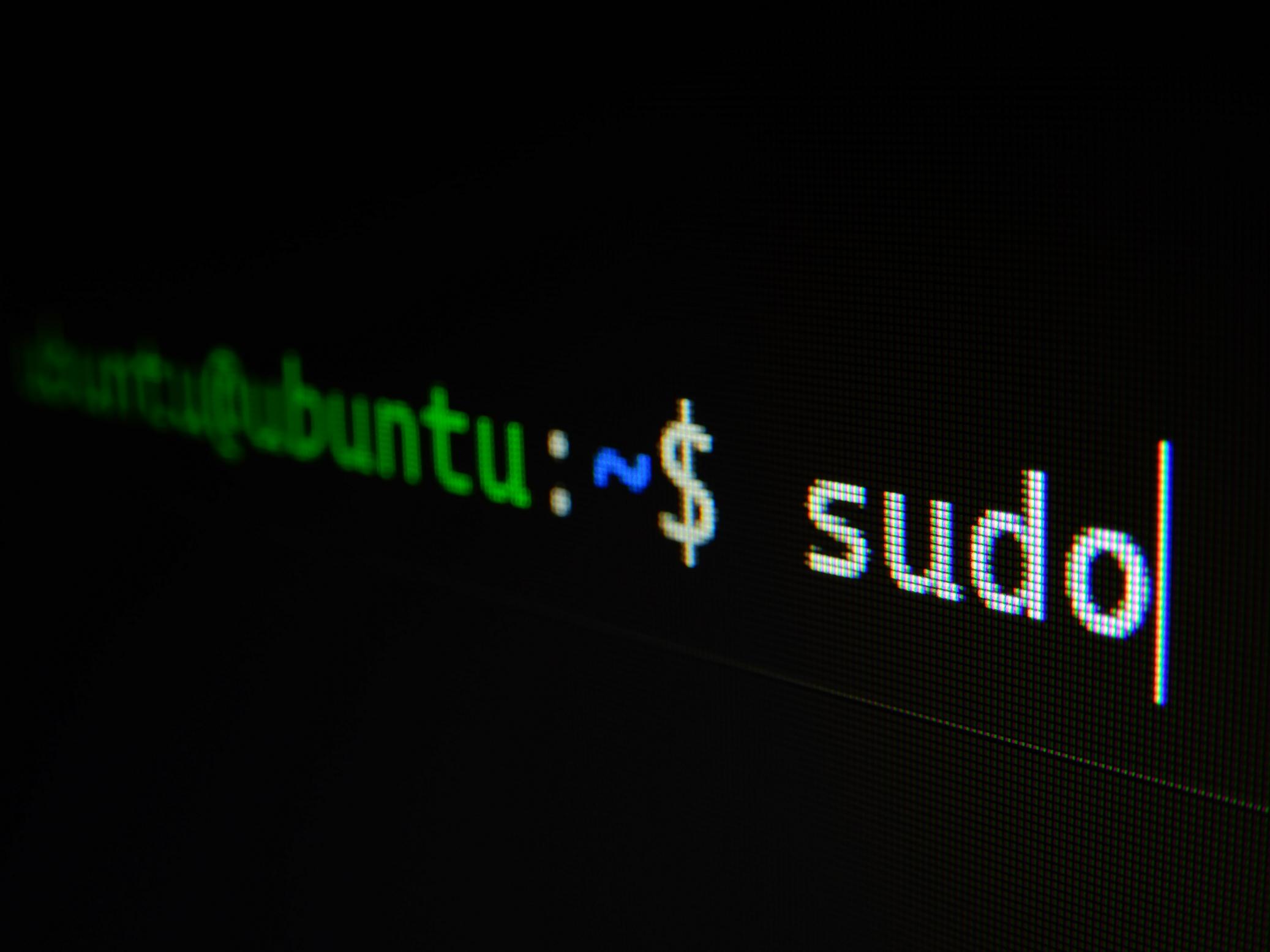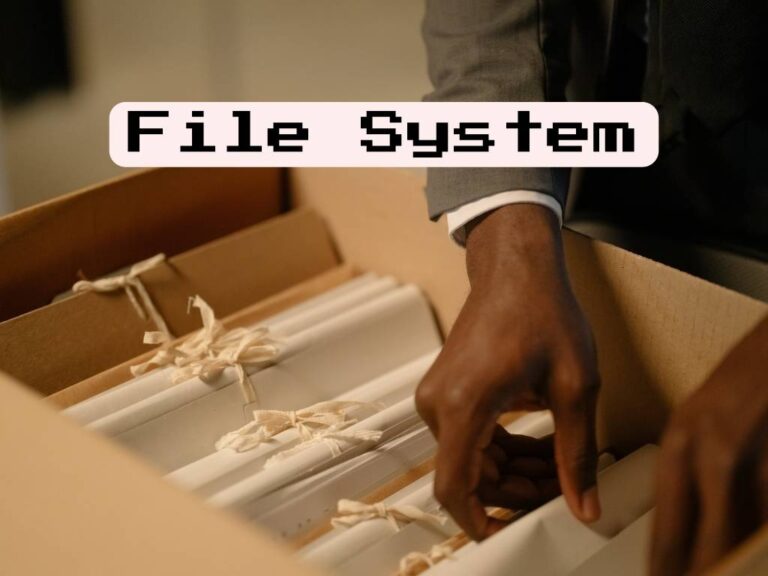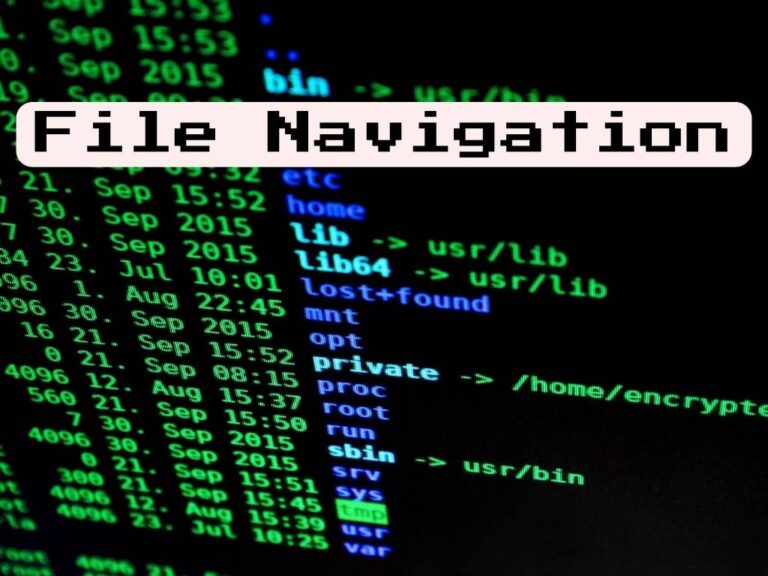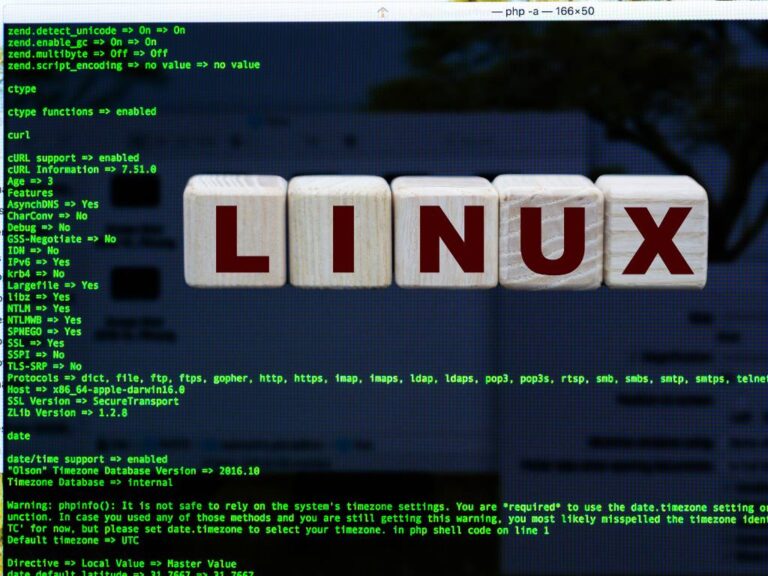Connect with us!

Unlocking the Power of Linux: How to Simplify File Management using Commands
Introduction to Linux File Management
Linux is an open-source operating system renowned for its flexibility, security, and robustness. At its core, Linux revolves around efficient file management, which plays a vital role in organizing and manipulating data. By understanding and utilizing the command-line interface (CLI), Linux users can unlock a myriad of powerful file management capabilities.
Table of Contents
Understanding Linux File Systems
File systems are the underlying structures responsible for organizing and storing data in Linux. They ensure efficient retrieval and manipulation of files, catering to various storage and performance requirements. In Linux, the ext4 file system is the most commonly used, offering advanced features such as journaling and encryption. Additionally, other file systems like Btrfs and XFS provide specialized functionalities for specific use cases.
Basics of Linux Commands for File Management
The command-line interface (CLI) serves as the gateway to Linux’s file management capabilities. By executing commands, users can efficiently interact with files and directories. Familiarizing oneself with commonly used commands is crucial for effective file management. Some essential commands include ‘ls’ for listing files, ‘cp’ for copying files, ‘mv’ for moving files, and ‘rm’ for deleting files.
Navigating the File System
Navigating the Linux file system is a fundamental aspect of effective file management. The ‘cd’ (change directory) command allows users to move between directories effortlessly. Using the ‘cd’ command followed by the desired directory name, users can access and explore specific locations within the file system. Understanding relative and absolute file paths enables users to navigate efficiently, whether traversing parent and child directories or accessing files from any location within the file system.
Working with Files and Directories
Creating and managing files and directories is a key aspect of file management. The ‘mkdir’ command enables users to create new directories, while the ‘touch’ command allows for the creation of new files. Renaming files and directories is attainable using the ‘mv’ command, which facilitates seamless organization and restructuring. Additionally, the ‘cp’ command empowers users to make copies of files and directories, facilitating easy duplication and backup.
Managing Permissions and Ownership
Linux employs a robust permission system to regulate access to files and directories, safeguarding data integrity. Understanding Linux permissions is crucial, with three primary categories: owner, group, and others. The ‘chmod’ command enables users to modify file permissions by granting or revoking read, write, and execute privileges. Similarly, the ‘chown’ command grants the capability to change file ownership, providing control over who can access and manipulate the respective files.
Searching and Locating Files
Efficiently finding specific files within a vast file system can be a challenging task. Linux provides powerful search capabilities through commands like ‘find’ and ‘grep’. The ‘find’ command traverses the file system hierarchy, searching for files based on specified criteria such as name, size, or modification time. On the other hand, the ‘grep’ command allows users to locate files containing specific text patterns, providing a versatile tool for advanced search operations.
Archiving and Compression in Linux
To effectively manage files, Linux offers archiving and compression capabilities. Archive creation and extraction are made possible through the ‘tar’ command, which consolidates files into a single archive file or extracts files from existing archives. Compression and decompression of files and directories are achieved using commands such as ‘gzip’ and ‘gunzip’. These functionalities facilitate efficient storage, sharing, and backup of files, optimizing disk space and transfer speeds.
Advanced File Management Techniques
Advanced file management techniques in Linux involve linking files, managing file access through attributes, and utilizing wildcards and regular expressions for file selection. Hard links and symbolic links enable users to create connections between files, allowing for efficient file organization. Managing file access via attributes grants additional control over file permissions and security settings, enhancing file management flexibility. Wildcards and regular expressions provide powerful tools for pattern-based file selection, simplifying complex file management operations.
Automating File Management Tasks
Shell scripting empowers users to automate repetitive file management tasks, streamlining workflows and boosting productivity. By creating and running shell scripts, Linux users can orchestrate sequences of commands, minimizing manual intervention. Automating file management tasks not only saves time but also reduces the likelihood of errors, ensuring consistency and reliability in file operations.
Best Practices and Tips for Efficient File Management
To optimize file management in Linux, adhering to best practices is vital. Organizing files and directories in a logical and structured manner facilitates easy retrieval and improves overall efficiency. Employing consistent naming conventions aids in quickly identifying and categorizing files, reducing ambiguity. Furthermore, utilizing aliases and shortcuts for frequently used commands enhances productivity by minimizing typing and reducing the chance of errors.
GUI File Managers for Linux
While mastering the command-line interface is essential, Linux also offers graphical user interface (GUI) file managers. These provide an intuitive and visually pleasing alternative to command-based file management. Popular GUI file managers for Linux include Nautilus, Dolphin, and Thunar, each offering a range of features and customization options suited to different user preferences and requirements.
File Management in Linux Server Environments
File management in Linux server environments poses unique challenges and considerations. System administrators must navigate large-scale file systems, ensuring secure remote access and effective management across multiple users and locations. Secure Shell (SSH) and Secure Copy Protocol (SCP) serve as indispensable tools for remote file management, enabling secure file transfers and remote administration while maintaining robust access controls.
Comparing Linux File Management with Other Operating Systems
Contrasting Linux file management with that of other operating systems like Windows and macOS highlights key differences and advantages. Linux’s command-line approach offers unparalleled flexibility and fine-grained control over file operations. Additionally, Linux’s permissions system provides granular security measures, enhancing data integrity. While graphical file managers are available in Linux, the command-line interface remains a powerful tool unique to the Linux ecosystem.
Security and Backup Measures for Linux File Management
Safeguarding files and directories is of utmost importance in Linux file management. Employing appropriate permissions ensures that only authorized users can access and modify sensitive data, reducing the risk of unauthorized tampering or data breaches. Additionally, implementing regular backups of important files protects against accidental loss, system failures, or unforeseen contingencies, providing peace of mind and easing recovery processes.
Conclusion
Linux file management using commands unlocks a world of capabilities for users seeking efficiency, flexibility, and control over their data. By navigating the file system, creating and managing files and directories, understanding permissions, and utilizing advanced techniques, Linux users can streamline their file management workflows and optimize productivity. Embracing the power of the command-line interface opens up a universe of potential for both novice and expert Linux users.
FAQs
- How can I quickly list files in a directory using a command?
- To list files in a directory, use the ‘ls’ command. For example, ‘ls -l’ provides a detailed listing, while ‘ls -a’ includes hidden files.
- Can I copy a directory and all its subdirectories using a single command?
- Yes, the ‘cp’ command allows for recursive copying of directories and their subdirectories by using the ‘-r’ or ‘-R’ option. For example, ‘cp -r source_directory destination_directory’ copies the entire directory tree.
- How can I change the permissions of multiple files at once?
- To change permissions of multiple files simultaneously, use the ‘chmod’ command followed by the desired permission settings and the filenames or wildcard patterns. For example, ‘chmod 644 file1 file2’ sets read and write permissions for the owner and read-only permissions for group and others on ‘file1’ and ‘file2’.
- What is the difference between a hard link and a symbolic link?
- A hard link is a direct reference to a file, sharing the same inode as the original file. Changes to the original file are reflected in the hard link, and vice versa. On the other hand, a symbolic link, also known as a soft link, is a file that points to another file or directory using its path. Symbolic links function as shortcuts, enabling easy access to the target file or directory.
- Is it possible to automate file management tasks on Linux?
- Absolutely! Linux allows users to automate file management tasks using shell scripting. By creating and running shell scripts, users can execute a series of commands automatically, saving time and effort.
References
Linux Command Line Cheat Sheet







